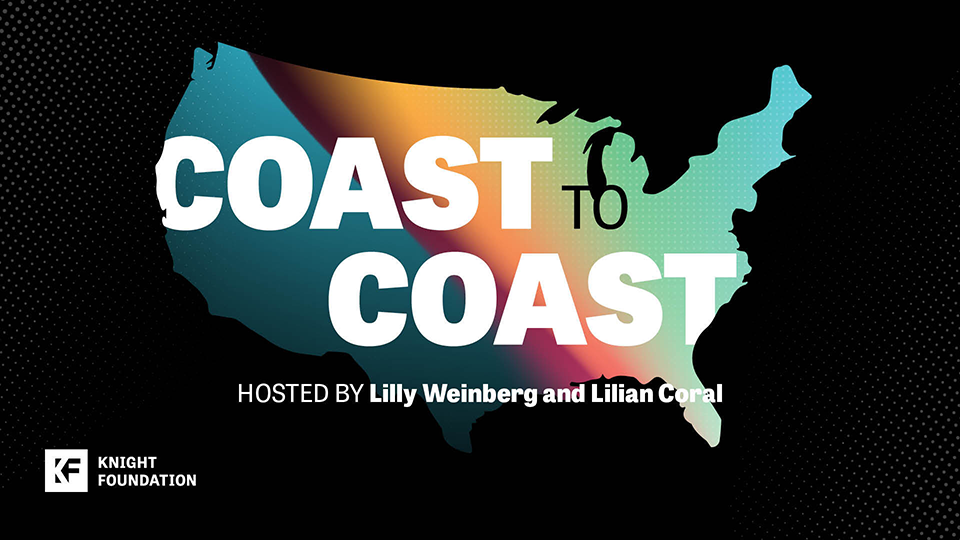
Revitalizing downtowns and neighborhoods: A toolkit for measuring change
Knight Foundation believes that an equitable and engaged community is one where diverse community members are attached to the place where they live and are invested in their community’s future. And we do this work in 26 cities across the country. One of Knight’s priorities is to accelerate existing momentum to revitalize downtowns and neighborhoods, with a particular emphasis on supporting engaging public spaces.
But how do we know what’s working and what’s not? What do we need to measure to show impact? Over the last several months, we’ve watched metrics daily, like COVID-19 case counts, for signals as to how our communities are faring. But we don’t have similar signposts for understanding how our communities are recovering, and what’s happening in our downtowns and public spaces. The need for metrics to understand downtown revitalization and public spaces have become even more relevant in context of COVID-19 and the racial reckoning our country is facing.
Today, we are publishing two reports that will practically help you address these important questions around measurement and impact. While these were commissioned long before the pandemic, we believe they will help communities determine what to measure during recovery.
The first report, “Measuring Progress Toward Downtown Revitalization and Engaging Public Spaces: A review of existing research,” is developed as a comprehensive literature review. This deep dive will help you understand how these topics have been previously studied and measured. The second report, “Toolkit: How to measure progress toward downtown revitalization and engaging public spaces,” turns that research into a toolkit. This distills the essential takeaways for anyone who works on measuring aspects of downtown revitalization or public spaces.
To get you started, a key first step is to define the goals within your community and what you hope to achieve. With this in mind, the following tips will help guide you in measuring impact:
- Measure the movement of residents, employees and visitors – This has likely changed a lot in your community during COVID-19. Even if you don’t have a baseline from before the pandemic, you can still start measuring this to understand your recovery.
- Be comprehensive and also evaluate equitable access – This includes measuring trends in employment, poverty, demographics, cost of doing business, the resident experience and the health of the business and housing markets. As you analyze these measures, assess equitable access to the benefits of revitalization, such as the number of minority-led and minority-run businesses and how that changes over time.
- Measure the quality of civic space and how much it is used – These kinds of metrics include diversity of users, potential for interacting with the space and with others, design features that support all users’ safety and comfort, users’ immediate perceptions of the space, the presence and strength of cultural assets in or near the space, the diversity of the surrounding business mix and how often the space is used.
- Measure indicators of people’s attachment to the place – People must want to be in and draw benefit from being in an area for revitalization to occur. You can understand how attached people are to a place by the things that tie them to a place (jobs, family); how they behave (purchasing a home, civic engagement); and how they feel about the place. For the 26 Knight communities, we also recently released the “Community Ties: Understanding what attaches people to the place where they live” study on attachment in our communities.
In these uncertain times, questions around the future of our downtowns and the equity of our institutions and spaces are more important than ever. As budgets are being cut, the report and toolkit helps give practitioners and city planners a clear idea of what to measure to know what works and what doesn’t. We hope this is useful and provides you with the right tools to make decisions for a more equitable and engaged community.
Lilly Weinberg is program director for community foundations and Ashley Zohn is director for learning and impact at Knight Foundation.
Photo (top) by Heidi Kaden on Unsplash
Recent Content
-
Community Impactarticle ·
-
Community Impactarticle ·
-
Community Impactarticle ·





